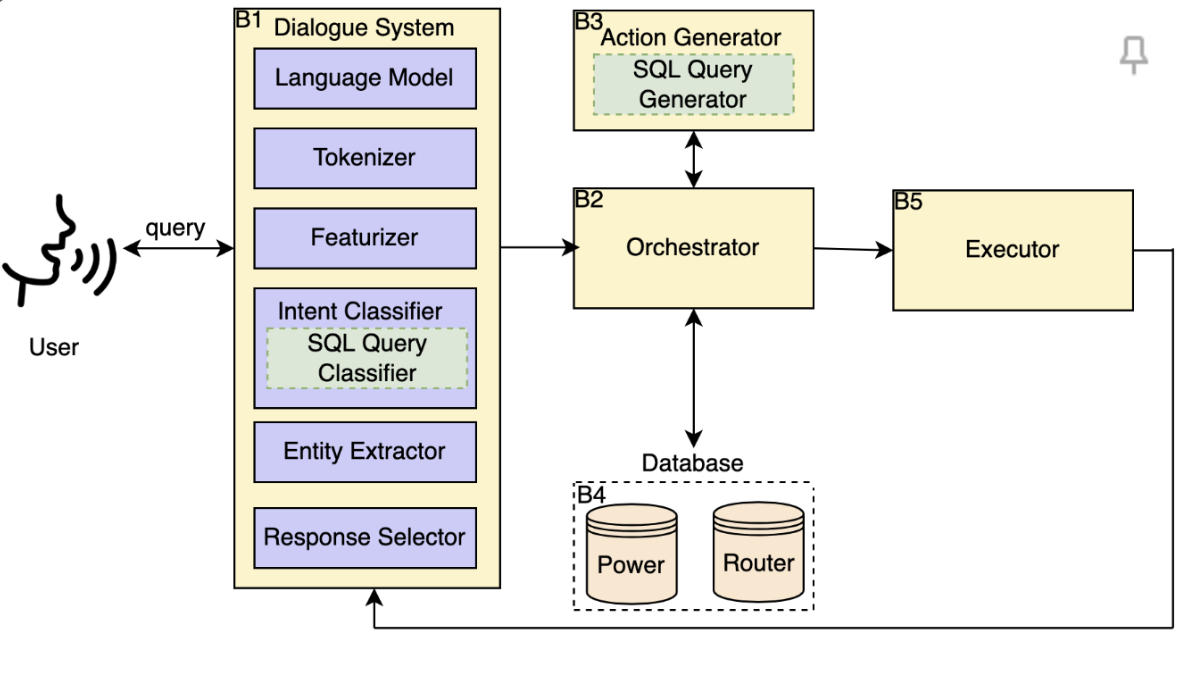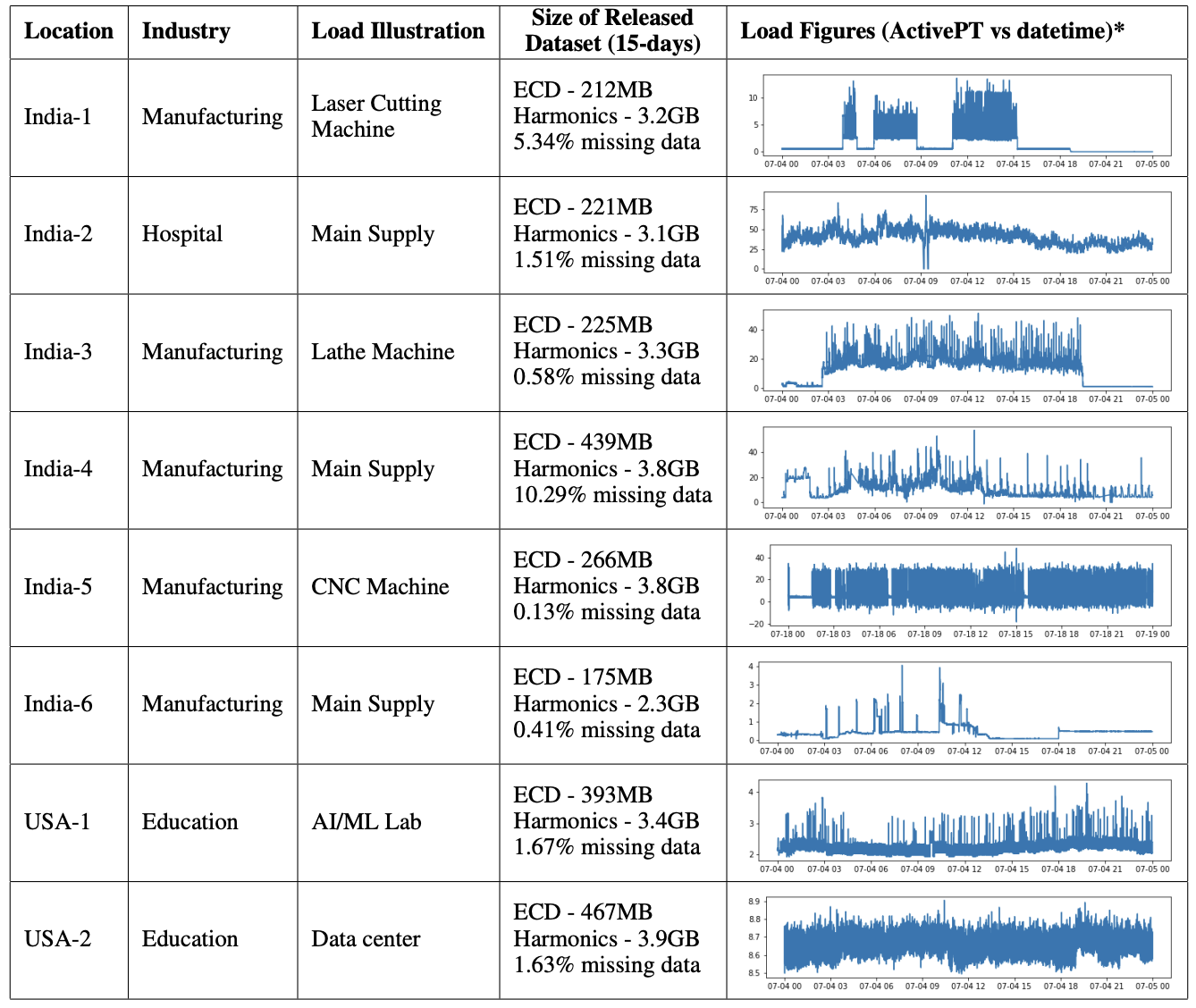Insights with Power Data
Data-Based Insights for the Masses: Scaling Natural Language Querying to Middleware Data
Collaborators: AIISC - University of South Carolina, Tantiv4
Authors: Kausik Lakkaraju, Vinamra Palaiya, Sai Teja Paladi, Chinmayi Appajigowda, Biplav Srivastava, Lokesh Johri
In this demonstration, we focus on middleware data obtained from devices like the network routers and power meters which may be of interest to a technician fixing a customer complaint or a user trying to self-diagnose their utility usage. The users in our case are often unaware of both the data details and database querying language which is in contrast to typical natural language to structured query (NL2SQL) situations where the business analyst knows their domain data but not the querying techniques. We adapt the rule-based NL2SQL approach to our problem and in particular, focus on queries about users, devices and spatio-temporal properties that are unique to this setting. We demonstrate an Alexa-based system, implemented using open-source Rasa, that can answer router usage queries in a home setting and easily extended for power usage or other utilities.
Representative Publications

A Dataset and Baseline Approach for Identifying Usage States from Non-Intrusive Power Sensing With MiDAS IoT-based Sensors
Collaborators: AIISC - University of South Carolina, Tantiv4
Authors: Bharath Muppasani, Cheyyur Jaya Anand, Chinmayi Appajigowda, Biplav Srivastava, Lokesh Johri
The state identification problem seeks to identify power usage patterns of any system, like buildings or factories, of interest. In this challenge paper, we make power usage dataset available from 8 institutions in manufacturing, education and medical institutions from the US and India, and an initial unsupervised machine learning based solution as a baseline for the community to accelerate research in this area.
Representative Publications
- A Dataset and Baseline Approach for Identifying Usage States from Non-Intrusive Power Sensing With MiDAS IoT-based Sensors
[Paper] [GitHub Respository] [BibTex]

Power Forecasting and Anomaly Detection with MIDAS IoT-based Sensor
Collaborators: AIISC - University of South Carolina, Tantiv4
Authors: Bharath Muppasani, Cheyyur Jaya Anand, Chinmayi Appajigowda, Biplav Srivastava, Lokesh Johri
Time series forecasting is an important aspect of machine learning since it has a wide range of applications, including forecasting power usage, traffic, and air quality, to name a few. For all active participants in the electrical market, load forecasting has become an important aspect of planning and operation. The penalty costs for under or over contracting electricity have increased dramatically as a result of the new market structure, making prediction error minimization more crucial than ever. Forecasting end user load for power purchase has become critical in the context of electricity suppliers. Additionally, abnormal power usage detection can be helpful in detecting excessive unwanted power usage and sometimes hinting on the device failures. Our research focuses on forecasting energy consumption, which will serve as an alerting system in the event of abnormal power consumption conditions, as well as assisting users in planning their power usage. We have used the continuous power data being recorded by the installed MiDAS sensor for our research.
Representative Publications